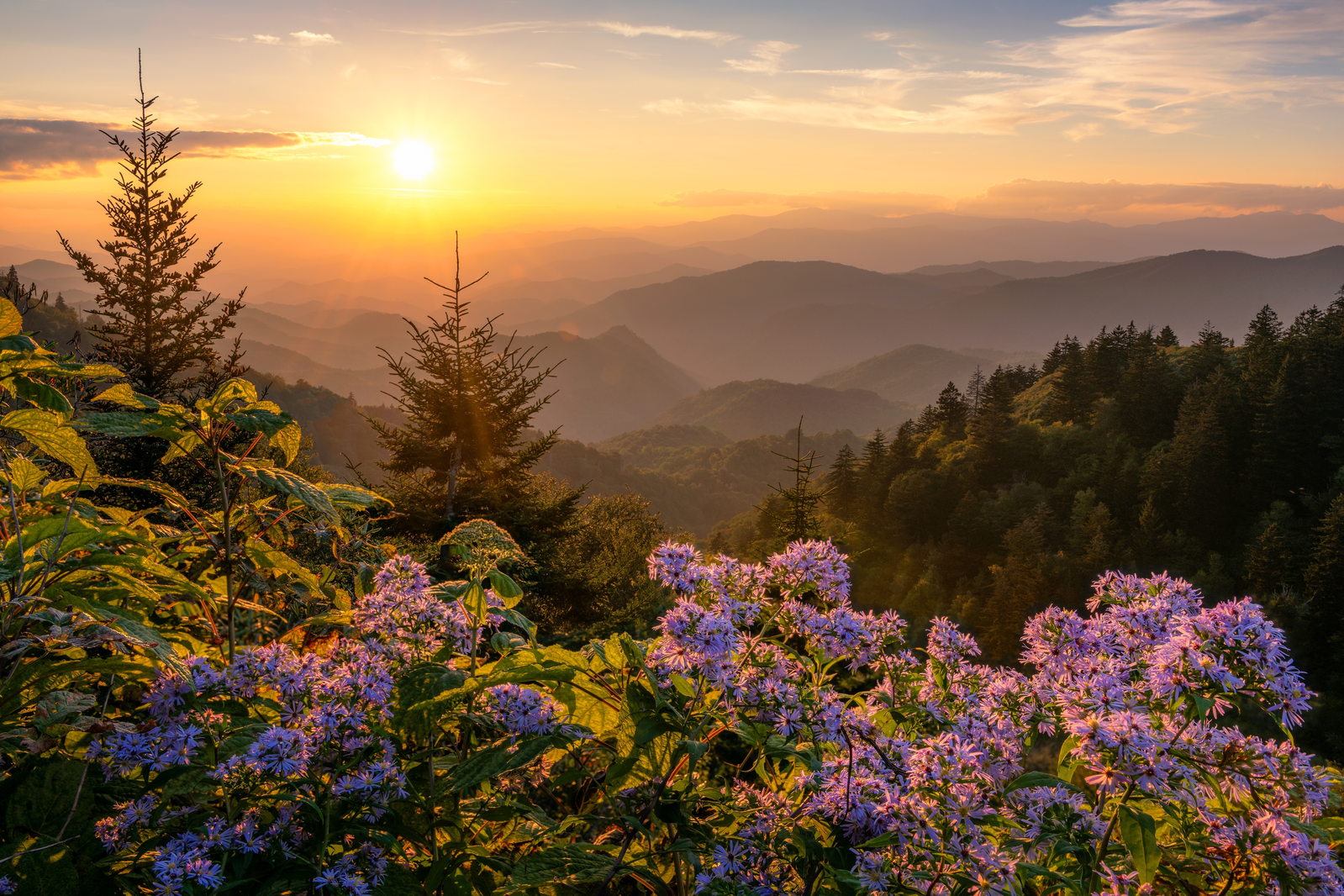Did your mother always tell you how important it is to eat fresh fruit? Well, it turns out Mom was right…especially if you’re a bear! According to a recent report from WBIR News, the season’s beautiful bounty of blackberries is doing a lot to keep black bears in the Smoky Mountains on their best behavior. Read on to find out why one of the summer’s sweetest treats is making life sweeter for black bears and humans.

The Black Bear Diet: A Lot Greener Than You Would Expect
When many of us think of bears, images of fearsome predators with razor sharp teeth are conjured up. While this may be true for grizzly bears, you may be surprised to learn that black bears mostly eat plants. In fact, vegetation makes up roughly 85% of a black bear’s diet. When bears do eat meat, they typically prey on insects, fish, and white-tailed deer fawns.
The eating habits of black bears in the Smoky Mountains change throughout the year. In the fall, bears gorge themselves on acorns, hickory nuts, and walnuts to prepare for hibernation. They will often eat hundreds of nuts and acorns in a single day! When they emerge from their seasonal slumber, bears will scavenge for animals that were killed during the winter. As the weather warms up in the spring, bears enjoy the shoots and buds from trees, shrubs, and other plants.
During the summertime, black bears mostly eat fruit, with berries making up a huge portion of their diet. This summer, the berry crop in the Smokies is more important than ever.

A Lean Year in the Smokies Led to Some Crazy Bear Stories
Last year, black bears suffered from a food shortage in the Smokies. Due to weather patterns, there simply weren’t enough nuts and acorns for the bears to eat during the fall months. This scarcity of food forced bears to venture outside of the national park’s borders to hunt.
In the absence of traditional sources of food, the bears started to take increased interest in picnic areas and neighborhoods near the park. Some bad bear behavior ensued. A few notable examples include a mama bear and cub breaking into a woman’s car and a black bear climbing a condo building in downtown Gatlinburg.
To keep track of this disruptive activity, the National Park Service and the University of Tennessee partnered up to put GPS collars on 25 “nuisance bears”. You can watch the video below to learn more about how scientists tracked the bears:
Blackberries to the Rescue
Data from the GPS collars placed on the black bears in the Smoky Mountains has shown that the start of blackberry season has had a very positive effect on human-bear relations. Now that they have plenty of food to enjoy in the national park, there has been a marked decline in bears exploring human occupied areas.

While the new trends are encouraging, it is still important that people take the necessaryprecautions to keep bears away from their cabins, campsites, and picnic areas. Be sure to throw all of your trash away in bear-resistant containers, don’t feed your pets outside, and remember to clean your outdoor grill (including the grease trap) after each use.
To learn how to safely observe bears in their natural habitat, check out our blog about Where and When to Spot Your Favorite Smoky Mountain Wildlife!

















